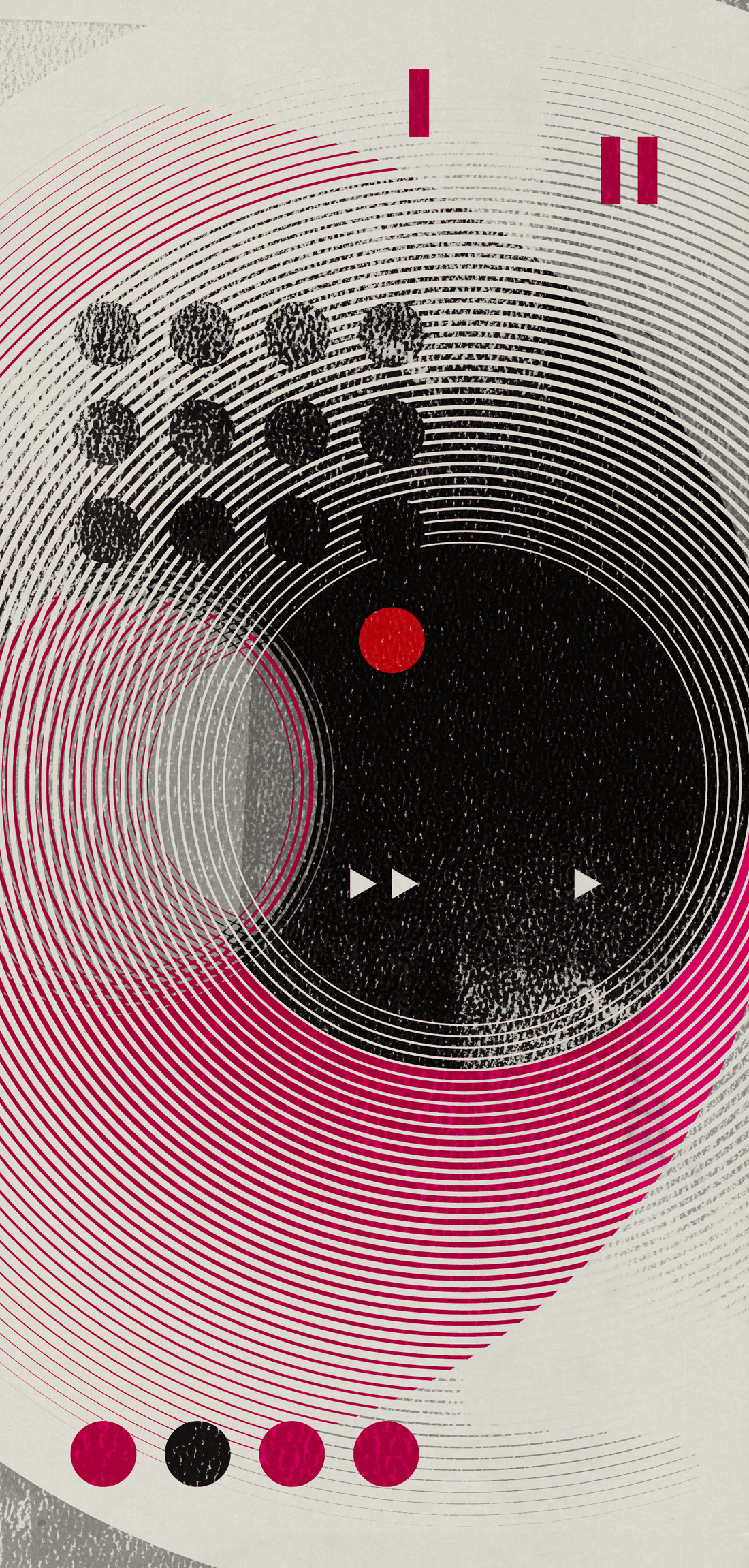With the number of preamps available on the market today, it’s really easy to get confused, so let’s get some confusion out of the way. UK’s Phoenix Audio does three things that give the impression that they’re making Neve imitations: they note that they were initially a service company for pre-’80s Neve consoles in the UK; they explain that David Rees, their designer, previously designed gear for Neve; and they put red knobs on their equipment that are the visual signature of the most famous, and most imitated, Neve kit. But as it turns out, their preamps are completely original Class-A designs that have very little in common with Neves when you look under the hood. Once this surface confusion was out of the way, I was able to understand their product line, and I hope you will too.
The DRS-Q4M is a half-rack-sized preamp and 4-band EQ with a dedicated DI circuit and a pad to handle line-level signals. There are all the standard features switchable on the front, including phantom power, polarity reversal, mic/line selection, DI selection, and a unique ground lift (keeps the power supply grounded, but lifts the ground internally for possible buzz elimination). The EQ section is straightforward with four knobs and small switches next to them to select frequencies. I have to hand it to Phoenix for fitting a clearly labeled EQ into such a small space.
One of the main differences between this preamp and many other Class-A designs is that there is no input transformer. You will immediately hear that there is less color coming through the DRS-Q4M than other Class-A designs that use input transformers, but this preamp doesn’t sound sterile or bland, either. It has a smoothness to it that rounds transients just a little bit while not killing the high end or becoming boxy at all. Those of you familiar with API 512, 312, or 212 preamps will have a sense of the sound — open, forward, and with a round bottom. By playing with the gain structure, you can tease more or less harmonic distortion out of the preamp section. There is a fairly wide range of colors in there, though it remains relatively clean compared to preamps with the ability to drive the input transformers.
The DI is its own circuit, so the main gain knob isn’t used when the DI is engaged. With my high-output Les Paul, I was able to knock off enough gain to get proper levels, and with my ultra-low-output Fender Mustang bass, I could get just enough output to drive the compressor that followed the DRS-Q4M in the chain. Because you can’t overdrive the circuit, some of my DI tricks weren’t available, but the levels were solid on instruments with varying outputs. The DI is clear and punchy, and I’d feel confident using it on just about any signal that I wanted to remain mostly uncolored.
The EQ is where this unit really shines. The EQ is a gyratory circuit, which is an active design that uses a transistor to simulate the characteristics of the more bulky and more costly inductor-based circuits. The gyratory EQ circuit is a fairly common design where space and price are concerns, yet this EQ doesn’t sound as if they’ve cut any corners at all. With 16 dB of boost/cut, I was able to crank any of the individual frequencies in either direction and still get totally usable, smooth, and pleasing sounds. Even a full boost at 6 kHz on a DI’ed guitar sounded nearly reasonable. Scooping low mids out of a boxy bass track kept the required heavy foot in place. Boosting 10 kHz got great shimmer in there and remained very smooth. I was impressed with how musical and fun the EQ is; nothing surgical here — just easy, smooth tone-shaping that never hurts your ears. The EQ remains consistent with the whole sound of this unit — a smooth, open, musical sound with just a hint of color — so when switching in the EQ, things remain sonically stable.
With this great gyratory EQ and its transformerless Class-A input circuit, the DRS-Q4M is a rather unique piece of kit. I encourage people who are looking for a Neve-style unit to look elsewhere, and anyone who wants a very open, relatively clean and uncolored preamp that also stays very smooth and musical, to check this unit out. A pair of these in a single rackspace is a pretty powerful tool that I imagine would get used daily during mixing and tracking. (Mono half-rack $1600 street, stereo 1RU $2700; www.phoenixaudio.net)
–Allen Farmelo, www.farmelo.com
Mic Preamps | No. 131
Crescendo Mic Preamp
by Dana Gumbiner
(Cue Bon Scott howling "HIGH! VOLTAGE!") The Crescendo, andSPL's proprietary SUPRA high voltage op-ampsare an exciting innovation, and I believe it's a first of its kind: an 8-channel mic preamp...




_disp_horizontal_bw.jpg)